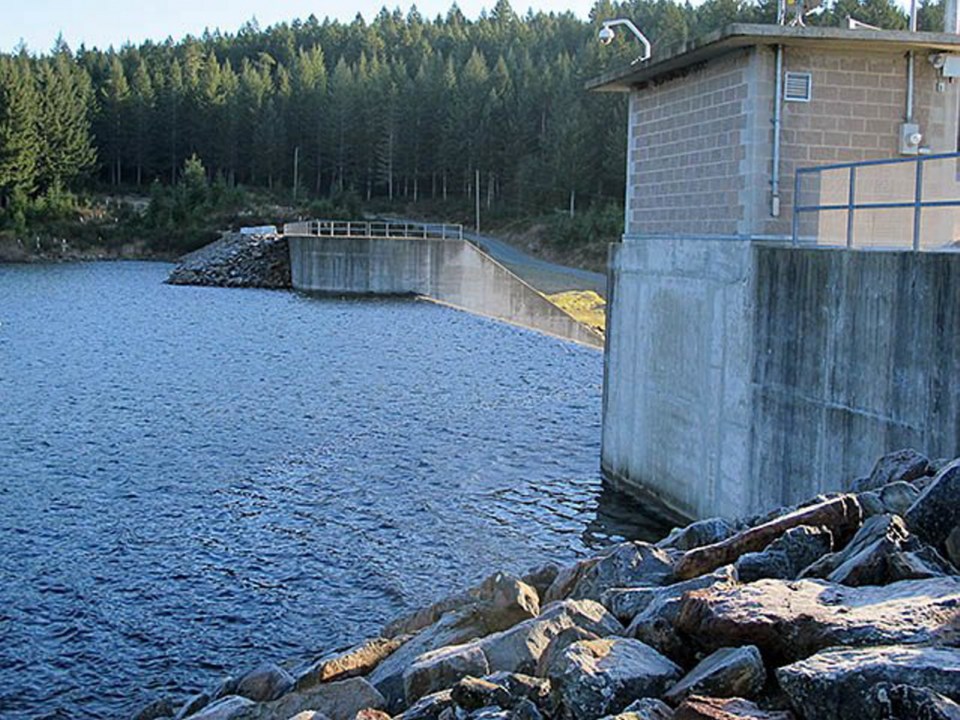Lakes, forests and aquifers should be listed right alongside sewers, treatment plants and buildings as local governments list and manage their assets, Capital Regional District directors were told last week.
Nature is a fundamental component of a municipal infrastructure system and should be hard to ignore — but it regularly is, said Emanuel Machado, chief administrative officer for the Town of Gibsons.
“Many of the services that we deliver to the citizens of Gibsons are directly or indirectly delivered by nature,” Machado told members of the CRD finance committee.
“Our aquifer stores and treats our drinking water. Our creeks — we have three major creeks — our forested area [and] our soil together deliver, store and convey our stormwater.”
Machado noted that such natural assets can provide some services at a lower cost than engineered alternatives, as they have no capital costs and often have lower operating costs.
Gibsons, a pioneer in “eco-asset management,” recently teamed up with other municipalities and the David Suzuki Foundation as part of the Municipal Nature Capital Initiative. The pilot project is designed to develop practices and approaches to valuation of natural assets.
The Town of Gibsons has created a practice that takes elements of asset management, financial planning and ecology “and uses a combination of these principles to, in essence, manage these assets,” Machado said.
Natural capital and infrastructure management have proven to be a good fit, he said.
“You can’t manage natural capital without managing infrastructure alongside of it, because it’s basically part of the same system.”
By teaming with the David Suzuki Foundation, the town has been able to apply scientific rigour to the process.
“Understanding condition assessments of natural assets is sort of a new practice,” Machado said.
Victoria Mayor Lisa Helps is a fan of the initiative, which she would like to see mirrored in the CRD.
“I think the question will be what municipal services does nature provide and how can we invest in them with the same kind of considerations as we invest in our engineered assets,” Helps said.
She called the Municipal Nature Capital Initiative the way of the future — one that means a shift in thinking.
“We kind of already do these kinds of things, but they don’t show up anywhere on the balance sheet. They certainly don’t show up on our asset-management strategy at all,” Helps said.
“Our asset-management strategy is about engineered assets and our parks master plan is about parks. So it’s about bringing these natural assets into the asset-management framework.”
That might mean, for example, instituting development cost charges that would make it more advantageous for a developer to take advantage of natural drainage than to install a pipe.
CRD directors referred the information to staff for a report back.



